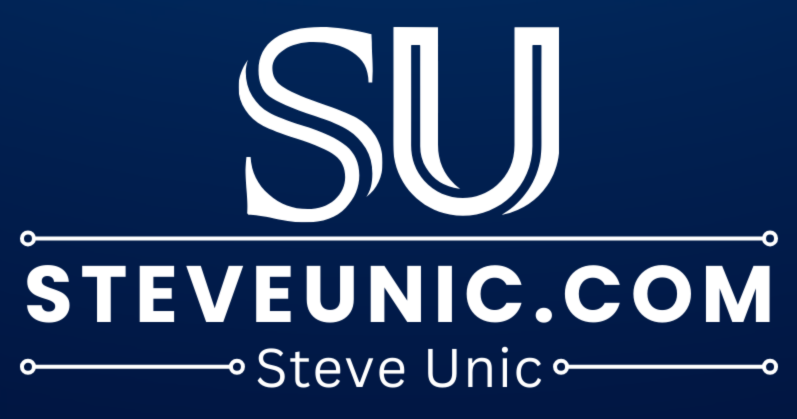
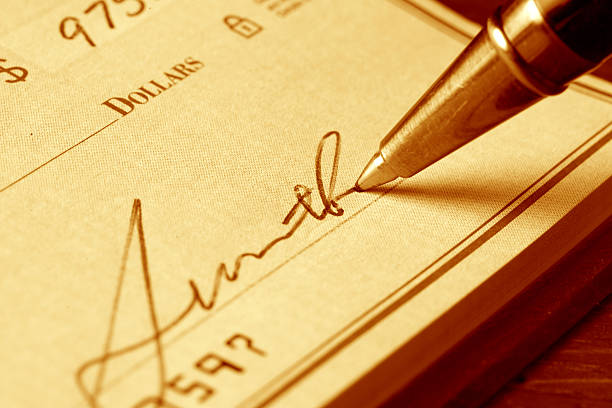
Writing a cheque is easier than you think. It doesn’t involve any form of technicalities. Despite the innovation of mobile banking and digital payment system, cheques remain relevant up to this day. Let’s look at how to write a cheque Canada, its benefits, drawbacks, what to do after it, and other vital aspects worth knowing.
Disclosure: My site is reader-supported. I may get commissions when you click through the affiliate links (that are great products I use and stand by) on my articles.
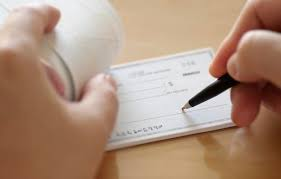
The Simple Way To Write A Cheque Canada
- Writing a cheque is easier than you think. It doesn’t involve any form of technicalities. Despite the innovation of mobile banking and digital payment system, cheques remain relevant up to this day.
- Let’s look at how to write a cheque Canada, its benefits, drawbacks, what to do after it, and other vital aspects worth knowing.
What is Cheque
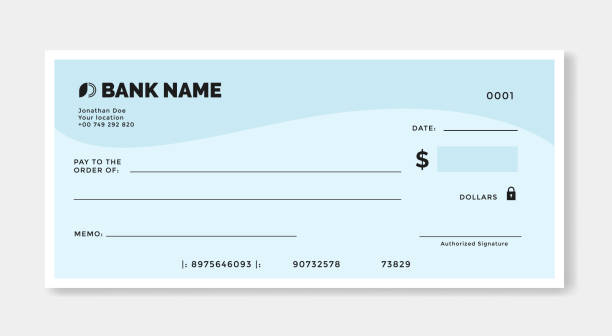
A cheque is a written document that authorizes a bank to pay a specific amount from the writer’s bank account to the person or organization named on the cheque. It is a legal instrument for making payments and is commonly used for various transactions, such as paying bills, making purchases, or transferring funds.
Cheques are a convenient payment method, allowing for secure transactions without physical cash. However, electronic payment methods like online banking, debit cards, and electronic funds transfers have become more prevalent in recent years, reducing the reliance on cheques for everyday transactions.
How To Write A Cheque Canada
Below are the steps on how to write a cheque Canada. They are in no particular order.
Step 1: Write the Date
the date on the top right-hand corner of the cheque. Ensure that the date s correct. It can be the current or future date if you want the check to be cashed later.
Step 2: Write the Name of the Payee
Write the person’s name on the “Pay to the order of” section. Make sure to be accurate and write the full name or the official name of the payee.
Step 3: Write Down the Numeric Amount
Write the payment amount in numbers in the box on the check’s right-hand side. For example, if the payment is $100, write “100.00.”
Step 4: Write Down the Written Amount
On the line below the payee’s name, write the payment amount in words. Start with the dollar amount, followed by the word “dollars,” and cents should be written as a fraction over 100. For example, if the payment is $100, write “One hundred dollars.”
Step 5: State the Memo (optional)
If you want to provide additional information about the payment, you can write a memo on the memo line. This is optional but beneficial for record-keeping purposes. For example, you could write “Rent for May 2023.”
Step 6: Input Your Signature
Sign the check in the bottom right-hand corner using your full legal signature. Make sure the signature matches the one in your bank.
Step 7: State the Account Number
Some checks may have a designated area for your account number. If required, write your account number on the line provided.
Remember to use a pen with permanent ink and ensure your writing is clear and legible. Maintaining a record of the checks you write for your reference and reconciliation with your bank statements is essential.
What to Do After You’ve Filled out Your Cheque
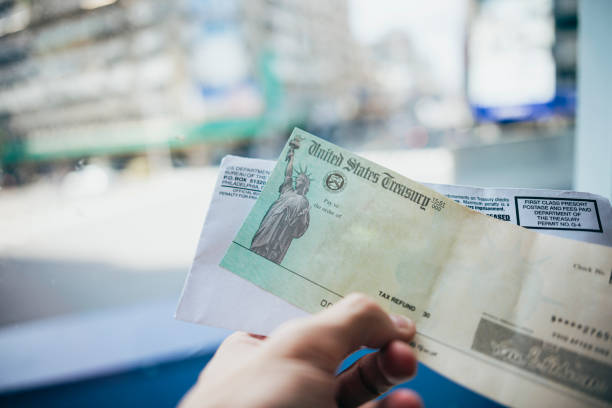
After you have filled out your cheque, there are a few steps you should take:
- Review the cheque: Double-check all the details you have filled out on the cheque, including the date, payee’s name, amount (both in words and numbers), and your signature. Ensure that the information is accurate and matches your intentions.
- Record the transaction: Note the payment in your personal financial records. You can do this by entering the details of the cheque, such as the payee, date, and amount, into your checkbook register, accounting software, or any other method you use to track your finances. Keeping records helps with budgeting, expense tracking, and reconciling your bank statements.
- Keep a copy for your records: It’s a good practice to make a photocopy or take a clear photo of the filled-out cheque for your records. This can serve as evidence of the payment made and be useful for future reference or in case of any disputes or discrepancies.
- Deliver or mail the cheque: If you provide it in person, hand it to the intended recipient. If you are mailing the cheque, ensure it is securely placed in an envelope and address it correctly. Consider using registered mail or obtaining a tracking number if the payment is significant.
- Maintain sufficient funds: It’s essential to ensure you have funds in your bank account to cover the cheque amount. If the account does not have adequate funds, the cheque may be returned or bounced, which can lead to fees, penalties, and damage to your credit history.
- Monitor your account: Keep track of your bank account activity to ensure that the cheque is processed and the correct amount is debited. This will help you track the transaction and verify it has been adequately recorded.
Benefits of Using A Cheque
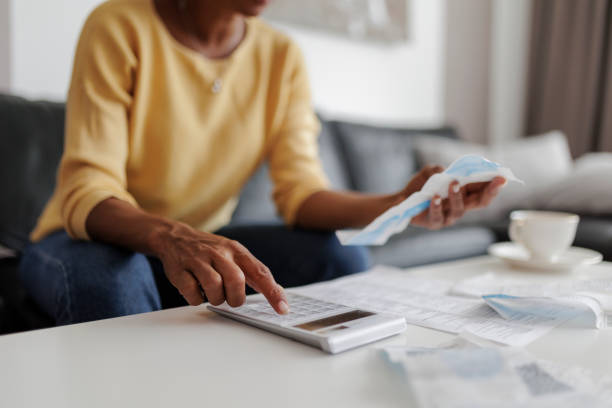
Although cheques have declined recently due to the rise of electronic payment methods, there are still some benefits to using cheques for certain transactions. Here are a few advantages of using cheques:
Security:
Cheques provide a secure method of payment. When you write a cheque, the funds are drawn directly from your bank account. Unlike cash, if a cheque is lost or stolen, it can be canceled or traced back to the account holder. This provides security and reduces the risk of loss compared to carrying large amounts of cash.
Record keeping:
Cheques provide a paper trail of your financial transactions. Each cheque you write records the payment made, including the payee’s name, date, and amount. This can be helpful for personal budgeting, expense tracking, and maintaining financial records.
Flexibility:
Cheques offer flexibility in terms of payment timing. When you write a cheque, you can post-date it by specifying a future date for the payment. This allows you to plan your finances and ensure that funds will be available in your account when the cheque is presented for payment.
Formality:
Cheques are often used for more formal transactions, such as paying bills, making business payments, or settling legal obligations. In these situations, a cheque can provide a more official and traceable payment method than cash or informal electronic transfers.
No need for electronic devices:
Unlike electronic payment methods that require smartphones, card readers, or internet access, cheques can be used without any electronic devices. This can be beneficial when electronic payment options are unavailable or when dealing with individuals or businesses that do not accept electronic payments.

The Simple Way To Write A Cheque Canada
- Writing a cheque is easier than you think. It doesn’t involve any form of technicalities. Despite the innovation of mobile banking and digital payment system, cheques remain relevant up to this day.
- Let’s look at how to write a cheque Canada, its benefits, drawbacks, what to do after it, and other vital aspects worth knowing.
Drawbacks of Using Cheque
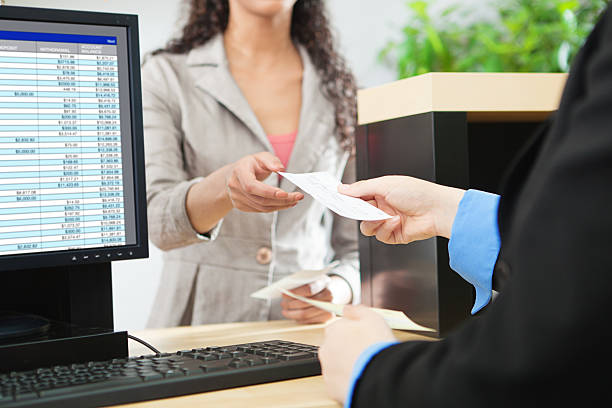
While cheques have some benefits, they also have drawbacks that have contributed to their declining popularity recently. Here are some disadvantages of using cheques:
Processing time:
Cheques can take longer to process compared to electronic payments. It typically requires the payee to physically deposit or present the cheque to their bank for processing. This process can take several business days, leading to delays in funds availability.
Potential for errors:
Writing a cheque requires careful attention to detail. Any mistakes, such as incorrect amounts or payee information, can lead to issues and complications. Errors can result in delays, returned cheques, or even potential fraud if the cheque falls into the wrong hands.
Cost and fees:
Some banks charge fees for issuing or processing cheque transactions. These fees can add up, mainly if you frequently use cheques for payments. Additionally, costs may be associated with ordering new chequebooks or replacing lost or stolen cheques.
Risk of fraud and forgery:
Cheques can be vulnerable to fraud and forgery attempts. Criminals can alter or counterfeit cheques, potentially leading to financial losses for both the payer and the payee. While banks have security measures, such as signature verification and fraud detection systems, the risk still exists.
Limited acceptance:
The acceptance of cheques has become more limited in recent years. Many businesses and individuals prefer electronic payment methods for convenience and faster processing times. Some places may no longer accept cheques, or they may have specific policies and restrictions in place for accepting them.
Inconvenience and logistics:
Writing and carrying cheques can be inconvenient, especially when electronic payment methods are widely accepted. It requires carrying a chequebook, ensuring you have enough cheques available, and physically handing over the cheque to the payee.
Lack of real-time transaction monitoring:
Unlike electronic payments, cheques do not provide real-time transaction monitoring. Once a cheque is issued, the payer may not have immediate visibility into when it is deposited or when the funds are debited from their account. This lack of real-time information can make managing and tracking finances challenging.
What Will I Do If I Make A Mistake Writing A Cheque Canada
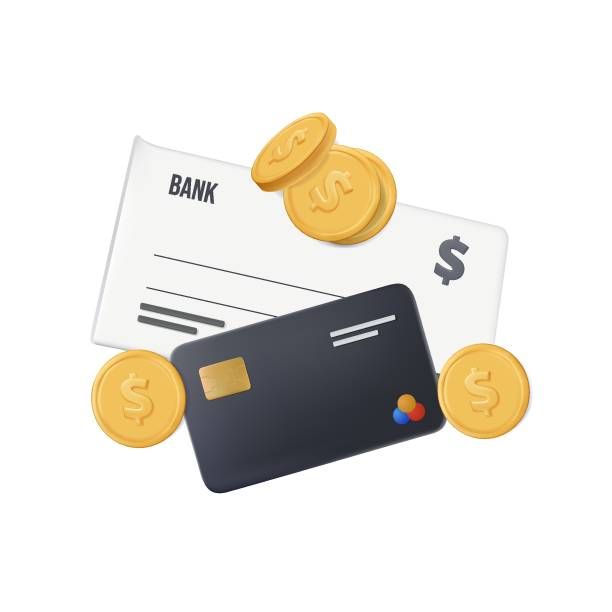
If you make a mistake while writing a cheque in Canada, it is essential to handle it correctly to avoid any complications or issues. However, there are two things that you can do when you make a mistake writing a cheque.
- Do not scribble or cross out the mistake: Avoid scribbling or crossing out the error on the cheque, as it can make the cheque appear altered or tampered with, potentially leading to its rejection by the bank.
- Void the cheque: If the mistake is significant or renders the cheque unusable, the best course of action is to void the cheque. Write “VOID” in large, bold letters across the cheque, ensuring the payee’s name, amount, and signature sections are voided. Keep the voided cheque for your records.
Remember, if you are unsure about the correct steps to take or if the mistake is significant, it’s advised you consult with your bank or financial institution. They can provide guidance based on their specific policies and procedures to ensure the proper handling of the situation.
What is a Void Cheque?
A void cheque is a cheque that has been intentionally marked or invalidated to prevent it from being used for financial transactions. Voiding a cheque involves writing the word “VOID” across the front of the cheque in large, bold letters. This renders the cheque unusable for payment purposes.
Here are a few common reasons for voiding a cheque:
Setting up direct deposit:
When setting up direct deposit for your salary or government benefits, the recipient may require a void cheque as it contains the necessary bank account and routing information. Voiding the cheque ensures it cannot be cashed or processed as a regular payment.
Pre-authorized debits:
Some companies or organizations, such as utility providers or loan issuers, may request a void cheque to establish pre-authorized debits. By voiding the cheque, you provide them with the necessary banking details while preventing them from using the cheque as a means of payment.
Documentation purposes:
Void cheques can also prove your bank account information. For example, when setting up automatic bill payments or providing proof of account details for certain financial transactions, you may be asked to provide a void cheque as supporting documentation.
How To Void A Cheque
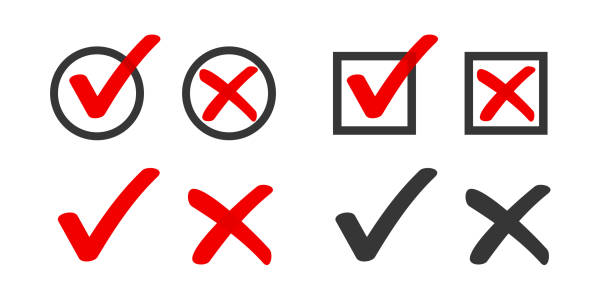
To void a cheque, write “VOID” clearly and prominently across the front of the cheque. You can use capital letters and ensure the word covers a significant portion of the cheque, making it easily visible.
Ensure that the word “VOID” covers essential parts of the cheque, such as the payee’s name, the amount, and the signature line. This prevents anyone from potentially altering or using the cheque for unauthorized purposes.
The void marking should not obscure the vital information on the cheque, such as the account and routing numbers. These details may be needed for verification or documentation purposes.
Also, keep a record of the voided cheque for your personal records. You may need it as proof of account information or for reconciliation purposes.
How To Write A Cheque TD?
To write a cheque TD, you must first order the cheques from Toronto Dominion (TD) bank. This applies to all of the big banks in Canada. TD provides a custom cheque that you can use. You will receive a chequebooklet after ordering. Then you can write the cheque using the steps listed above.

The Simple Way To Write A Cheque Canada
- Writing a cheque is easier than you think. It doesn’t involve any form of technicalities. Despite the innovation of mobile banking and digital payment system, cheques remain relevant up to this day.
- Let’s look at how to write a cheque Canada, its benefits, drawbacks, what to do after it, and other vital aspects worth knowing.
Frequently asked questions
1. Can I use a pen to write a cheque?
Yes, you can use a pen to write a cheque. It is recommended to use a permanent or dark ink pen to ensure the information does not get smudged or easily altered.
2. How long are cheques valid in Canada?
Cheques in Canada are typically valid for six months from the date they are issued. After this period, the cheque becomes stale-dated and may not be accepted by the bank.
3. Can I deposit a cheque made out to someone else?
No, you cannot deposit a cheque that is made out to someone else into your account. It must be deposited into the named payee’s account unless it has been endorsed with their signature.
Conclusion
Writing a cheque is straightforward. Contact your bank directly if you have any concerns or issues about cheques or writing one. Due to the digitalization of the economy, switching to electronic means of payment is advised due to convenience and fast processing time.
